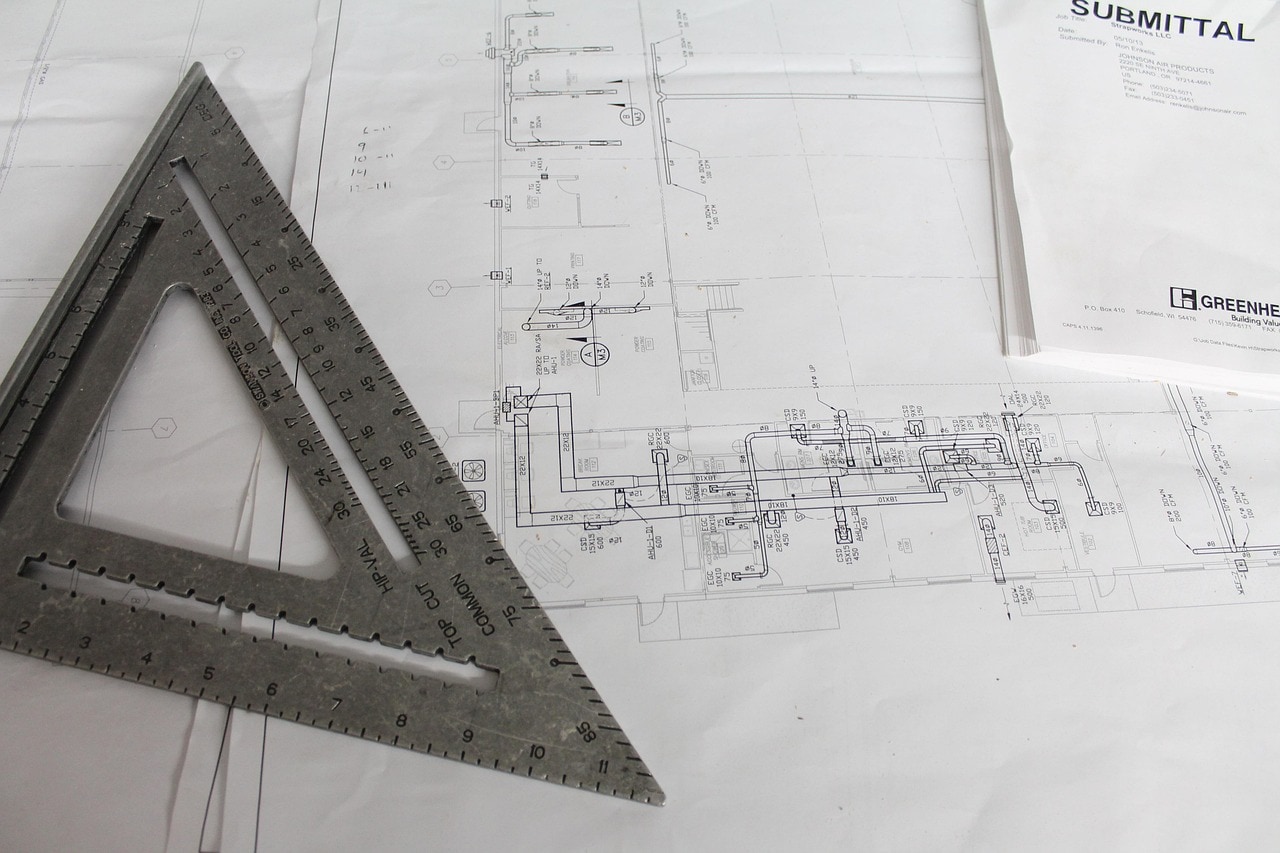How “As-Is” Process Mapping Can Damage Your SAP Project
Not only can the "As-Is" process mapping damage your project, but it also adds significant amounts of unnecessary cost. Throughout my experience in SAP projects, I have participated in the "As-Is” and “To-Be” processing mapping exercises many times. Along the way, I learned a few key lessons. First, the old “As-Is” process mapping approach was (and is) critical for software engineering projects. As-Is process mapping efforts have very limited application to an SAP implementation-- or for that m [...]







